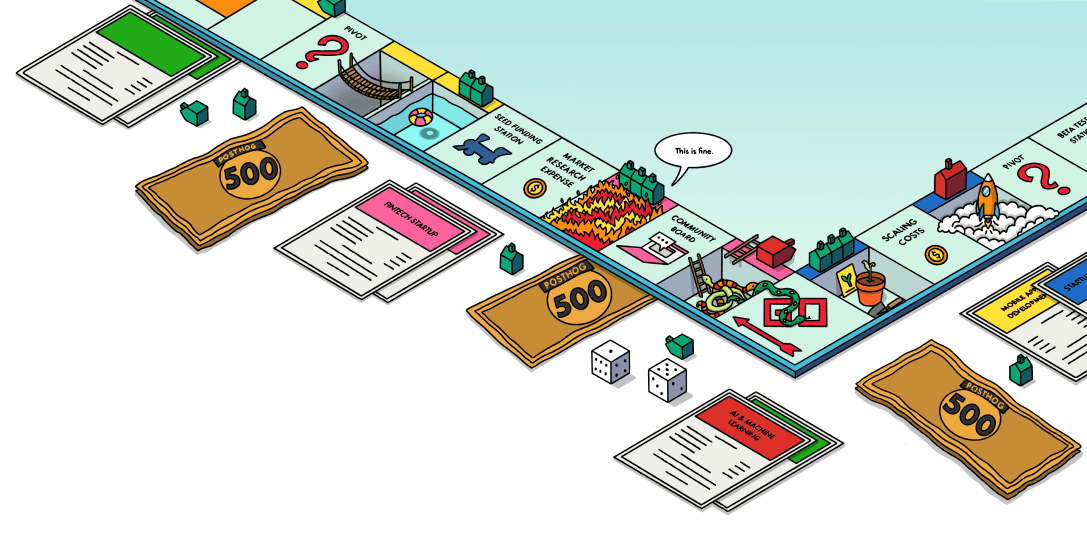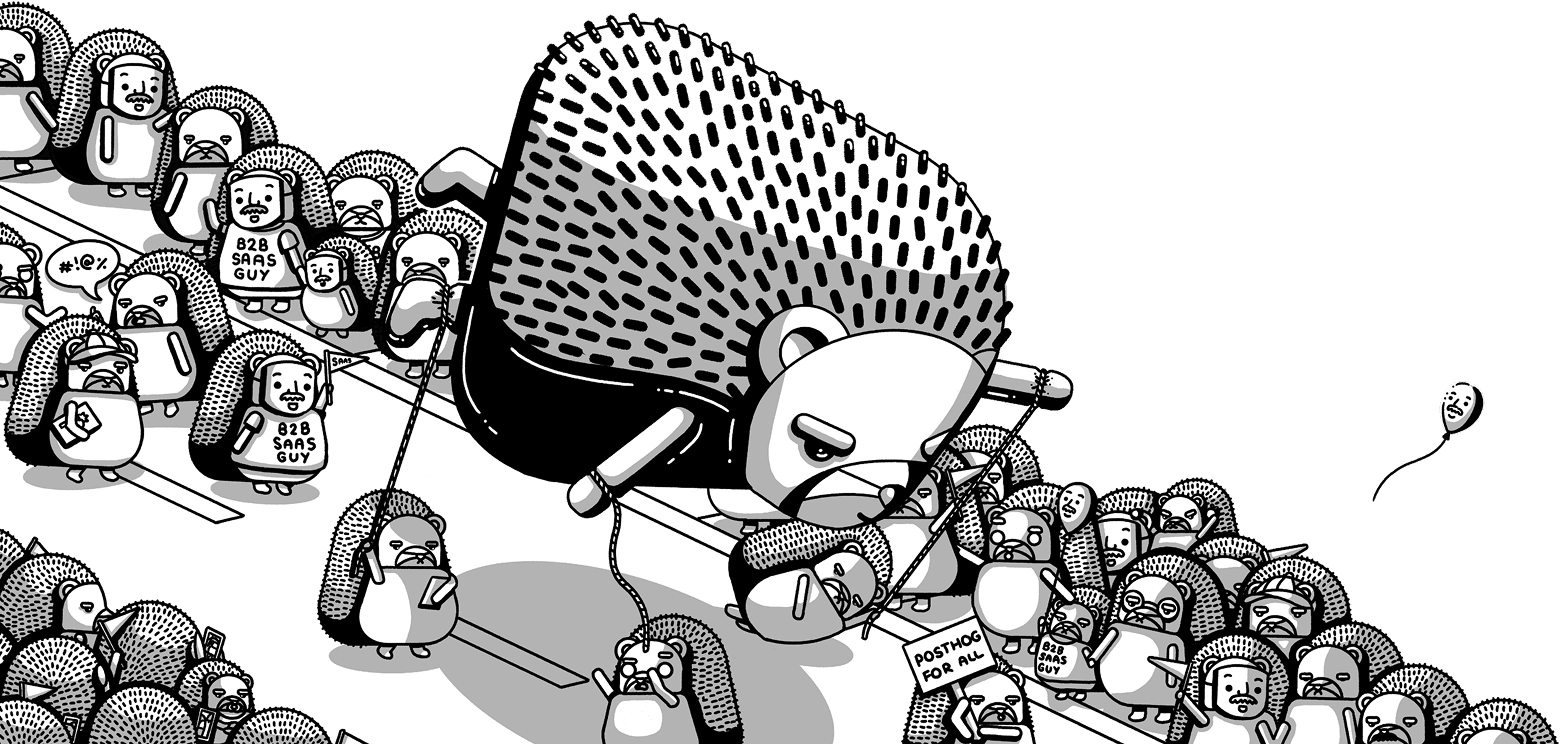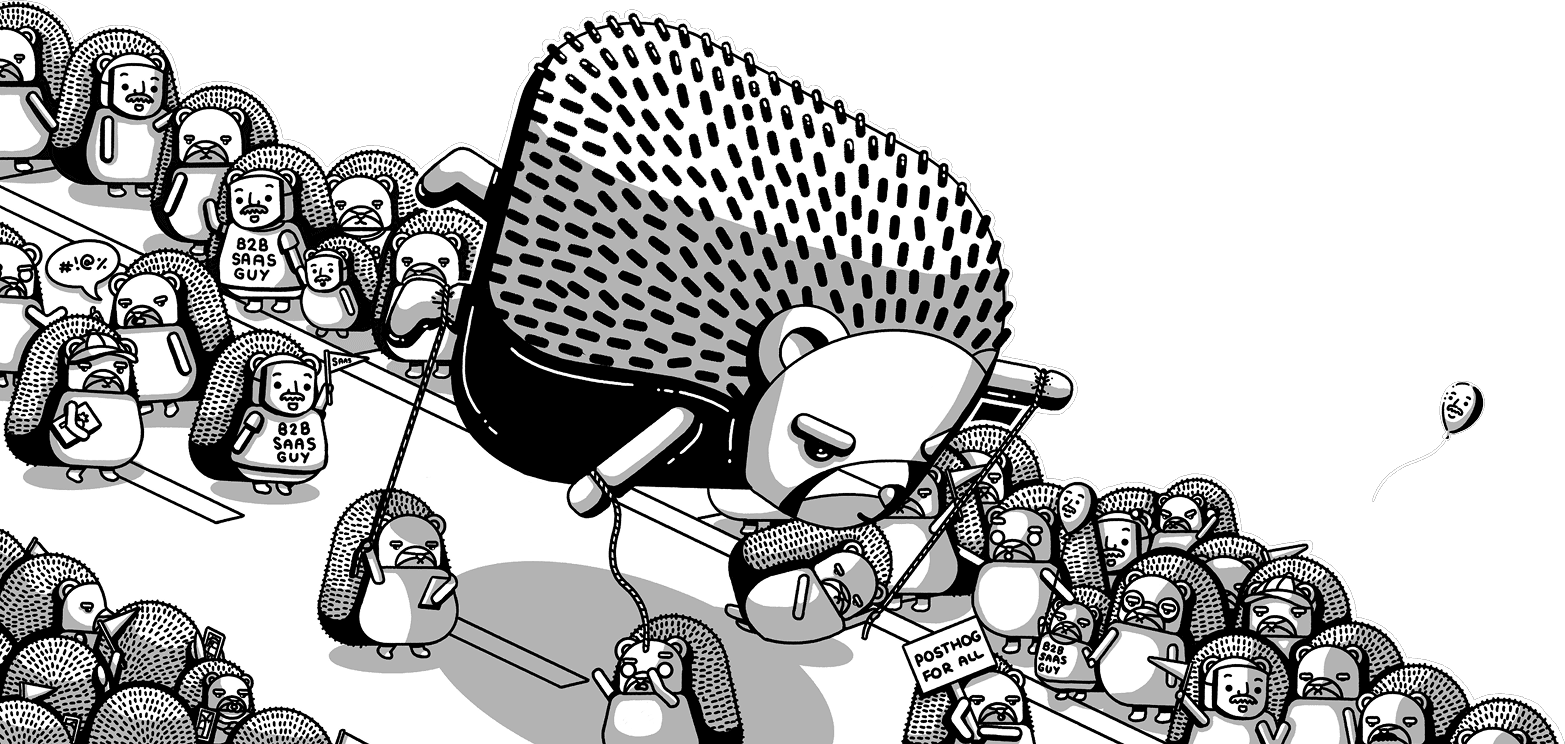
What startup recruiters actually see when you apply for a job
Contents
Last week we opened a new marketing role at PostHog, and we got 300 applicants in the first 2 days. This was high, but not unusual for a startup – my record is 900 in a day, but I bet folks working at giant companies like Google see way way more. Of these 300, 12 got an interview.
As I sifted through these, I realized an obvious thing - there is a much bigger gap between what applicants and recruiter experience than either group realizes:
What applicants and recruiters see on their screens are completely different. This leads to some poorly optimized applications – luckily this is easy to solve.
You may spend 30min+ researching a company, crafting a cover letter and applying. At these numbers, I was able to spend less than 1min reviewing each application. And this is just an average – some applications took me 5s(!) to realize they were a no, so I could spend 5min+ reading good ones carefully.
Professional recruiters (that are not me) don't just spend their time reviewing applications. They're also conducting and scheduling interviews, collating feedback, negotiating offers, onboarding new hires, creating headcount plans, putting up job ads, etc.
By sharing a bit of insight into how the application bit of the hiring process actually works at a startup like PostHog, hopefully I can help increase your chances of landing a first round interview at least! I am going to say a bunch of things that will probably irritate people who are frustrated with the job application process, but my goal is to help you actually win here...
But first, some context
I'm talking about startups with a reasonable degree of brand recognition – i.e. not a startup founded last week. In PostHog's case, we are:
- 42 people, $27m raised
- Team is 70% engineers
- 1 in-house recruiter, no agencies
In the last 12 months, we received over 9,000 applications, or an average of 460 applicants per role. That's a lot of applications to sift through, many of which are automated/no-effort one click applications.
Let’s get into it.
So, what happens to my application after I hit send?
If you're applying for a job at a startup, chances are they are using an applicant tracking system (ATS) like Ashby, Greenhouse, Lever, or Workable. We use Ashby, but the process a recruiter follows generally doesn't vary massively between these systems. This is what a typical application looks like:

You'll see that the UI is designed to maximize the speed with which a recruiter can process applications. It is not designed to make you look good. Most applicants do not think about information density, so you end up with a weird combo of really padded CVs with lots of white space, and cover letter that either a) don't exist, or b) are longer than this article.
How do I maximize my chances of getting through?
This stuff is totally subjective, but generally these are the things I think increase the chances of a good application making it through:
Write a short and obviously personalized cover letter
- 5-10 sentences about why you are interested in this role specifically is fine.
- You don't need multiple paragraphs that are just your resumé slightly reworded – it's just more text we will skim over.
- Our ATS will wreck your formatting beyond line breaks, so keep it simple.
- Writing 'hi I'm X' is a waste of words (we know who you are!)
- Match the tone of the company – e.g. we are informal, so please no 'Dear Sir/Madam'.
- If you can figure out what the company cares about, or who is in it, talk about how you think you could help them achieve their goals and why.
- Write something – if it's too much hassle, that's ok, you're probably not that interested!
- No ChatGPT, they're really obvious.
If you don't believe a cover letter should be necessary to land an interview, that's ok but be aware that you are going up against dozens of people who have written something and it gives a startup recruiter an excuse to filter out your application. The 'no cover letter' route tends to only really work for big tech companies hiring at massive scale.
Keep your CV simple and up-to-date
- No profile pictures. This isn't social media, and you're wasting the space
- Stick to boring formatted CVs – prioritize clarity over design. I'd go so far as to say that exporting your LinkedIn profile as a PDF is totally fine, but...
- Keep your LinkedIn up to date – it makes us suspicious when there are big discrepancies between the two.
- Don't have your CV end in 2021 or whenever, we don't have time to contact you to query it. We don't care if you had a career break, just put that.
- Emailing the recruiter/hiring manager directly causes more stress because we then have to add you to our ATS – please apply directly, we are dying here.
Again, information density is key here - make it as easy as possible for the recruiter to figure out 'can this person do the job I'm hiring for'. Don't list every language you've ever used then make me do the work to figure out which one you are expert in vs. the one you are just ok at.
I did all this and it didn't work – where's my feedback, you assholes?
When you apply for a job at a startup and don't get past the first stage, you'll either get nothing back (booo) or an automated email saying you have been unsuccessful. Applicants who felt they were a great fit might, quite reasonably, ask for feedback as to why they weren't successful.
But, here's the thing... startups say no to a lot of candidates who actually meet the spec on paper. This doesn't mean you are a bad candidate, it just means that relatively speaking you were not as strong as other candidates who applied this time.
At PostHog, we find ~5% of candidates ask for feedback. If we replied to each one and spent ~5min writing each email, we'd be spending 30-60min on a typical day sending people feedback. This is why we tell people to only expect feedback after any interview stage. I expect this picture is similar for most startups.
Recruiters love this - one weird hack to bypass all of this
Get a proper, warm referral. Annoying, right? But it works.
Of the 12 people who got an interview for our recent marketing role, four were enthusiastic referrals from an existing member of the PostHog team. We trust our existing team's judgement. They already met the bar to join our team and they help us pre-filter applicants.
This doesn't mean "randomly hassle X who works at PostHog for an intro to Y" – work hard wherever you are to leave a good impression on everyone you talk to at the company. We do talk to each other!
Moar reading
- Got the interview? Here are the questions you should be asking.
- Literally everything we've learned about hiring at PostHog
- A bunch of myths and truths I've learned about startup hiring in the last 10 years
- How do you make your first ops hire?

Subscribe to our newsletter
Product for Engineers
Read by 100,000+ founders and builders
We'll share your email with Substack









